This specification covers special-shaped bars and ordinary low-alloy steel bars (in cut-to-length or coil form) for concrete reinforcement intended for use in applications where stringent mechanical and chemical composition requirements are required, to accommodate controlled tensile properties, or to improve weldability. Notes and footnotes providing explanatory material are referenced within the text of this specification. These notes and footnotes (except those in tables and figures) should not be construed as requirements of this specification.Grade—Rebar has a single minimum yield strength grade: i.e., 60,000 psi [420 MPa], designated Grade 60 [420].
The full name of the ASTM A706 standard is "Standard Specification for Deformed and Plain Low-Alloy Steel Bars for Concrete Reinforcement". It is a professional standard developed by the Steel Bar Subcommittee (A01.05) under the Committee on Steel, Stainless Steel, and Related Alloys (A01) of the American Society for Testing and Materials (ASTM). The standard was originally published in 1974 to meet the needs of seismic structures and weldability, and to provide high-reliability materials for engineering by limiting the tensile properties and chemical composition of steel bars.
In terms of historical evolution, the ASTM A706 standard has undergone several important revisions. The 2009 revision (ASTM A706/A706M-09a) introduced the Grade 80 [550] strength grade for the first time, expanding the scope of application of the standard in high-strength application scenarios. The A706/A706M-22a version released in 2022 further refined the welding performance and mechanical joint requirements, and placed special emphasis on the precautions for mechanical connection of high-strength steel bars. The latest 2024 edition (A706/A706M-24) has added the Grade 100 [690] strength grade and improved the detailed requirements for earthquake-resistant structures, marking the standard's development towards higher-performance materials.
From the perspective of standard positioning, ASTM A706 forms a complementary relationship with the ordinary carbon steel rebar standard ASTM A615/A615M. Compared with the latter, A706 has stricter control over chemical composition and mechanical properties, with particular emphasis on the weldability and seismic performance of the material. The standard is suitable for applications requiring "controlled tensile properties". Such applications usually have specific requirements for the yield strength, tensile strength and the ratio of the two to ensure the ductility of the structure under extreme loads such as earthquakes.
It is worth noting that the ASTM A706 standard adopts a dual unit system, including two parallel versions: A706 in inch-pound units and A706M in the International System of Units (SI). The standard clearly stipulates that the values of the two systems should be regarded as standards separately and cannot be mixed, otherwise it may not meet the requirements of the specification. This design not only meets the local engineering habits in the United States, but also facilitates the application of international projects, reflecting the global considerations of standards.






 English
English Español
Español بالعربية
بالعربية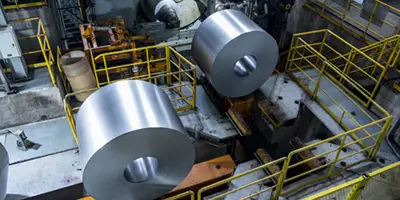

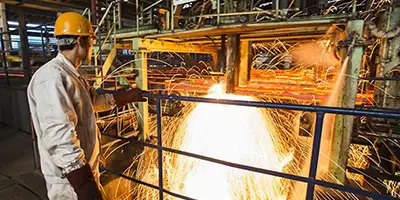
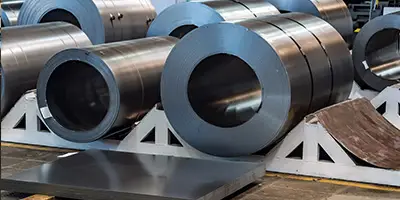

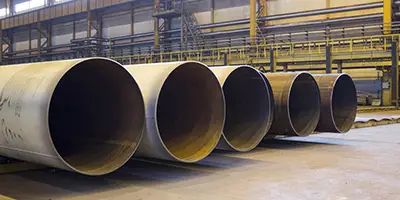

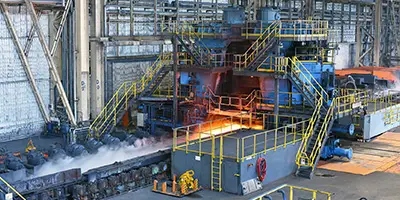
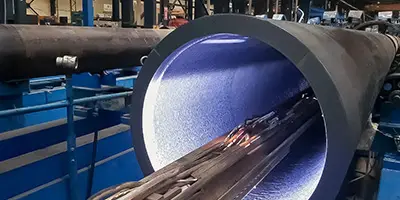
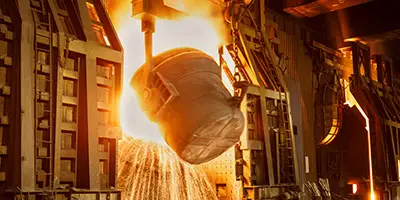

 Phone :
Phone :  Whatsapp :
Whatsapp :  Email :
Email : 


